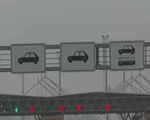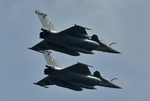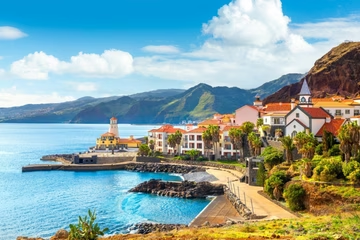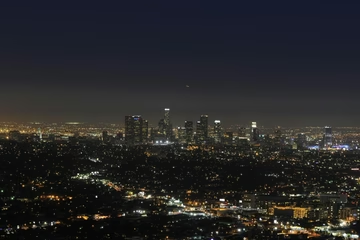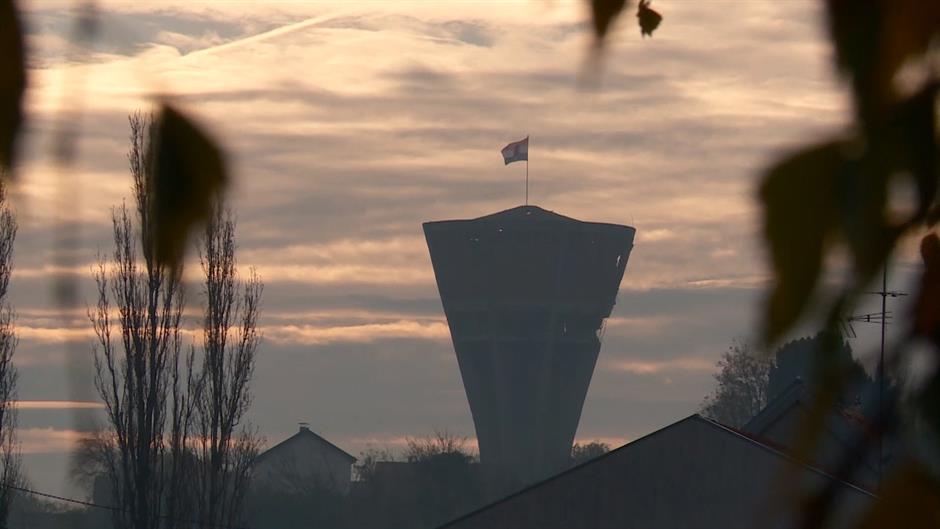
Croatia is commemorating the 30th anniversary of the collapse of the eastern Croatian town of Vukovar's heroic defence and the aggression by the Yugoslav People's Army (JNA) and Serb paramilitary groups, in which 2,717 Croatian defenders and civilians were killed or went missing, while the city was nearly razed to the ground.
Oglas
The city on the River Danube was under siege for 87 days, and the battle for Vukovar ended on 18 November 1991 when the town was occupied. Its occupation lasted until 15 January 1998 and the peaceful reintegration of the Croatian Danube region, after which the people of Vukovar finally returned to their homes.
Although the fighting in Vukovar and its environs had started even before that, the date usually cited as the beginning of the battle is 25 August 1991, when the JNA and Serb paramilitary groups launched an all-out artillery and infantry attack with the intention of overrunning the city in a week at most.
However, the soldiers defending the city, although ten times weaker in terms of numbers and weaponry, managed to resist the attack for nearly three months. Residents were without electricity, regular water, and food supply while hundreds of shells fell on the city every day, in addition to tank and air attacks.
The Vukovar hospital sustained severe damage, although it had the symbol of the International Red Cross on its roof, and the wounded were provided with aid in the basement, where surgeries and other complex medical procedures were performed in dire conditions. On 19 October, 1991, a humanitarian aid convoy of Doctors Without Borders managed to enter the besieged city and evacuate about a hundred of the wounded defenders.
Vukovar was defended by about 1,800 Croatian soldiers, including many volunteers from all over the country, against about 30,000 enemy soldiers, supported by more than 600 tanks, hundreds of mortars and cannons, as well as the air force.
The heroic resistance was broken on 18 November 1991. Some of the Croatian soldiers tried to get out of the city, and those who remained were taken to Serb concentration camps. Many were killed.
On 19 November 1991, the wounded, both defenders and civilians, were taken from the Vukovar hospital by the JNA and killed at the Ovcara farm outside the city in the night between 20 and 21 November. Two hundred bodies were exhumed from a mass grave at Ovcara, with the youngest victim aged 16 and the oldest 84.
About 22,000 Croats and other non-Serbs were expelled from the city, and the search for 386 persons who disappeared without a trace in Vukovar in 1991 is still ongoing.
On 29 October 1999, the Croatian parliament passed a resolution declaring Vukovar Remembrance Day in tribute to the people who had participated in the defence of the city which became the symbol of Croatian freedom. A government decision in 2019 declared 18 November a public holiday and a non-working day, which is marked as Day of Remembrance for the Victims of the War and Day of Remembrance for the Victims of Vukovar and Skabrnja.
Kakvo je tvoje mišljenje o ovome?
Učestvuj u diskusiji ili pročitaj komentare
Oglas
Kakvo je tvoje mišljenje o ovome?
Učestvuj u diskusiji ili pročitaj komentare
Oglas





 Srbija
Srbija
 Hrvatska
Hrvatska
 Slovenija
Slovenija




























